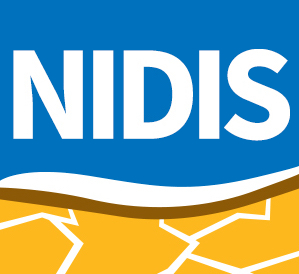Quarterly Climate Impacts and Outlook for the Southeast Region for June–August 2022. Dated September 2022.
Temperatures were above average across most of the Southeast this summer. The greatest departures (2–4 degrees F) were found across the southern tier of the region. Precipitation was highly variable across the Southeast this summer.
Produced by the U.S. Department of Health and Human Services (HHS) Office of Climate Change and Health Equity (OCCHE), the Climate and Health Outlook is an effort to inform health professionals and the public on how our health may be affected in the coming month(s) by climate events and provide resources to take proactive action.
The term “flash drought” was coined in the early 2000s to draw attention to the rapid onset or intensification of drought conditions, which can cause large, unexpected environmental and socioeconomic impacts. More research is needed to better define flash drought, fully capture flash drought impacts, and determine research needs.
Produced by the U.S. Department of Health and Human Services (HHS) Office of Climate Change and Health Equity (OCCHE), the Climate and Health Outlook is an effort to inform health professionals and the public on how our health may be affected in the coming month(s) by climate events and provide resources to take proactive action.
The purpose of the 2022–2025 Southeast Drought Early Warning System (DEWS) Strategic Action Plan is to clearly articulate jointly identified information needs, set priorities for the DEWS network, and suggest measurable actions to improve drought early warning and preparedness for the region.











